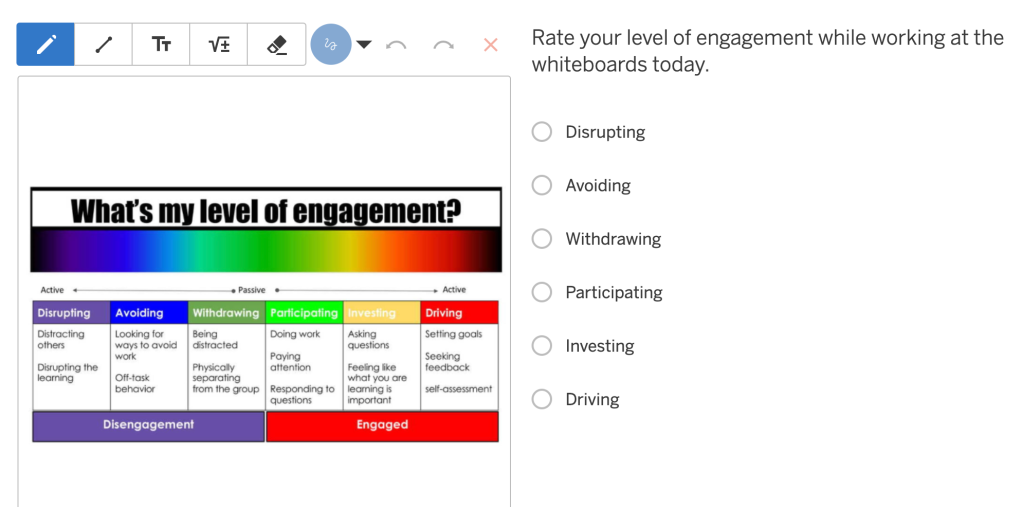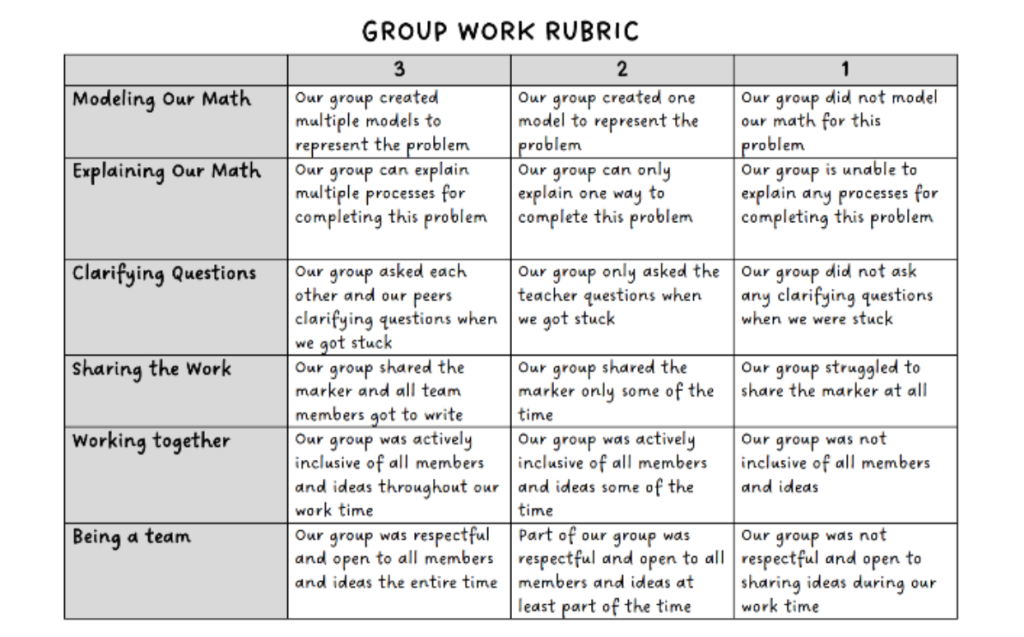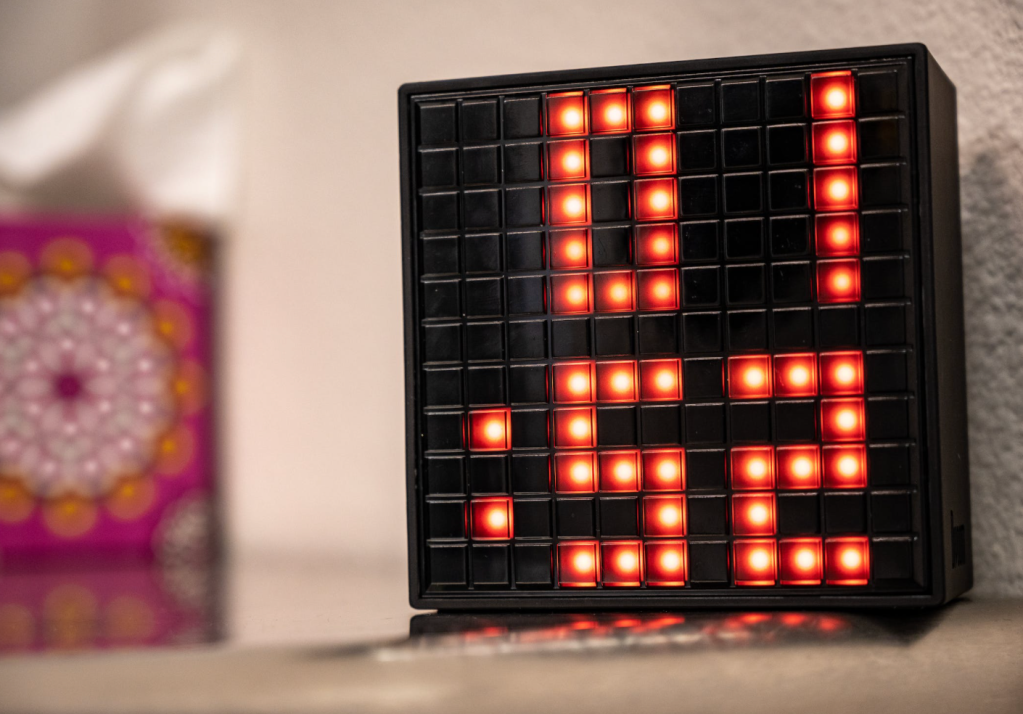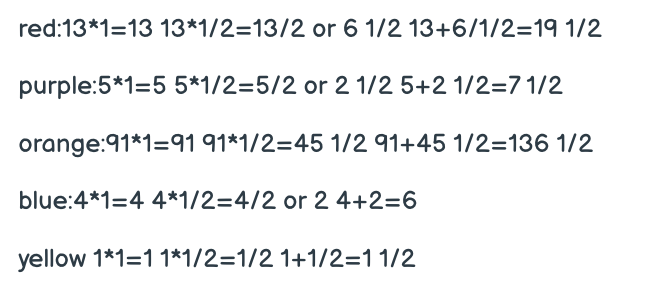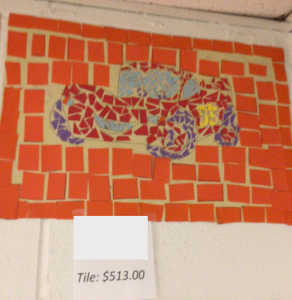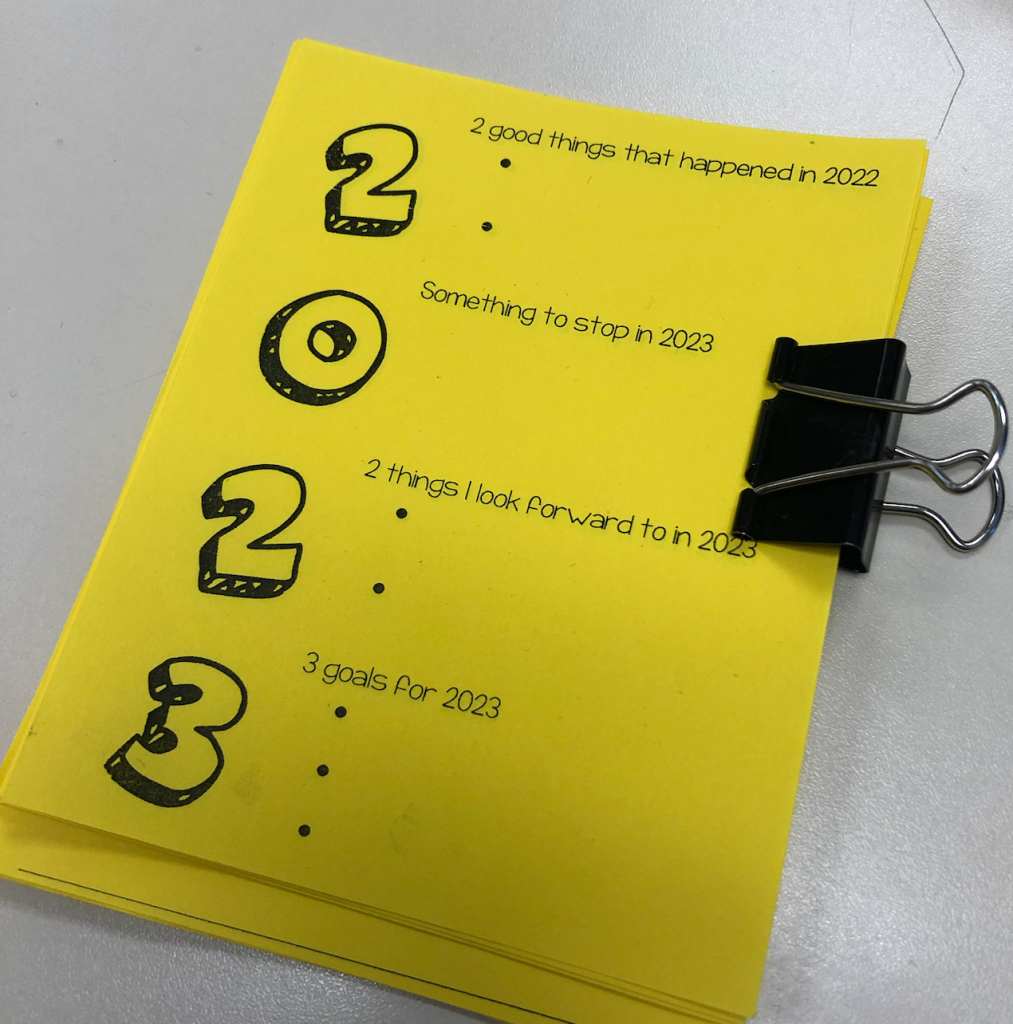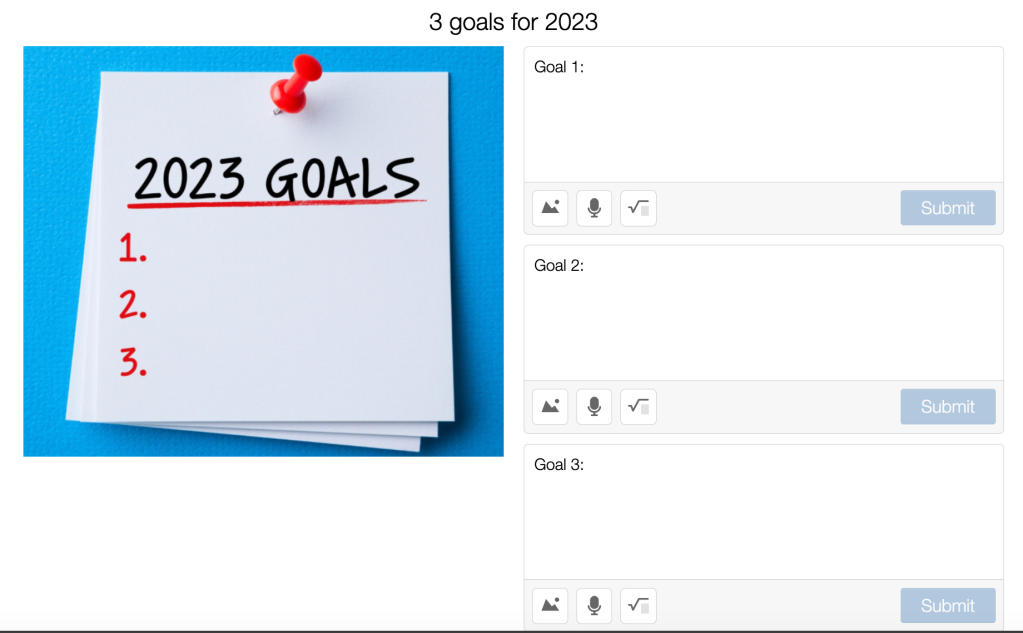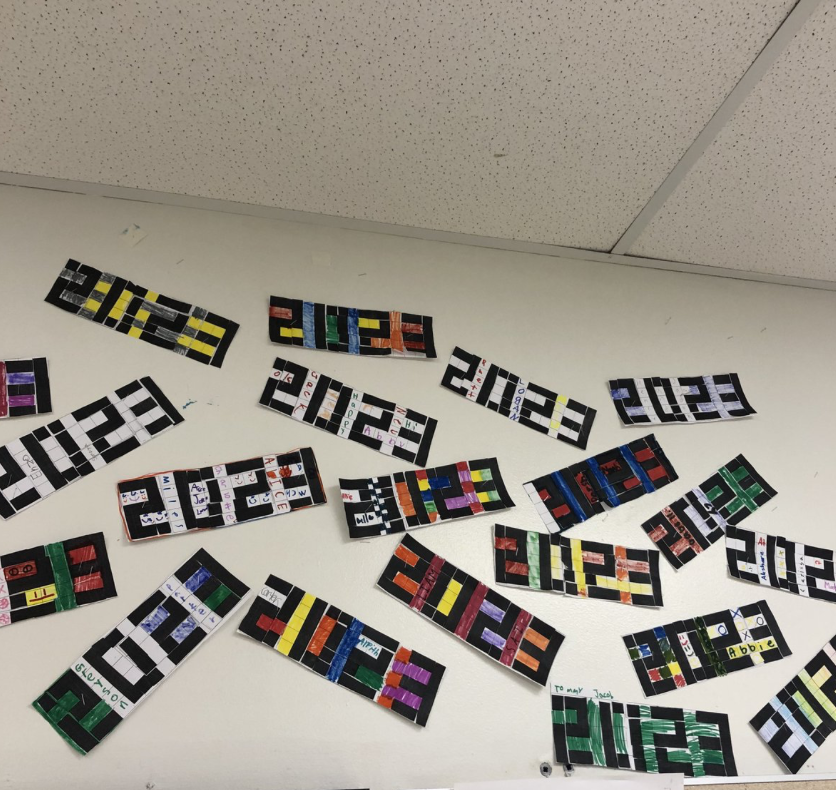Ever been in a classroom that feels more like a sleep-inducing seminar? I can see you raising your hand. You know the scene: students zoning out, fidgeting like they’re auditioning for a tap dance, begging for bathroom breaks like they’re fleeing a sinking ship. As both a former student and now a teacher, I’ve danced this engagement tango more times than I care to count.
But here’s the kicker that’s evident this year: engagement isn’t a one-size-fits-all deal, especially in the wild world of math classrooms. Elementary? It’s about those manipulatives and building conceptual understanding. Middle school? Cue the shorter classes and the panicked rush to cover everything before the state tests roll in. And as for high school? Well, that’s a beast I’ve yet to wrestle with, but who knows, it might be in my cards someday.
Enter the game-changer: whiteboards and math chitchat, courtesy of Peter and his Building Thinking Classroom book. Since August, my 6th grade team and I have been riding this engagement wave. And you know what? It’s working. Students are gabbing, reasoning, and proudly displaying their work like they’re auctioning off masterpieces. Math class has become more of a lively arena of self-advocacy and problem-solving prowess.
Sure, it’s not all rainbows. We’ve had our fair share of hits and misses. We’re a math team, wielding OUR, Desmos, and BTC as our trusty resources. Some tasks hit the mark, turning mundane math into whiteboard wizardry. Others? Well, let’s just say we’ve had a few duds.
But here’s the rub: engagement doesn’t always translate to learning. Case in point: my recent tests were a wake-up call. The kids were jazzed (as jazzed as they can be about multiplying decimals), but did they really grasp the concepts? I remember many lessons as a kid that I thought were amazing, but I have no ideas what was learned in the process. That’s where the consolidation struggle begins and hasn’t quite ended. Picture this: students work in whiteboard groups, snap a pic of their whiteboards, we chat briefly as a class, and then… crickets. I’ve got a handful of students keeping the convo alive, but the rest? MIA.
So, what’s the plan? I’m brewing up some ideas: group summaries, solo reflections, you name it. And those “notes to my future forgetful self” that I’ve been using? They’re due for a makeover—less procedural, less mimicky and more self-advocacy pep talk.
But hey, despite the hiccups, BTC has bene great this year. I’ve even put in a request for more whiteboards next year. Here’s to another year of math magic, with a few tweaks along the way.






